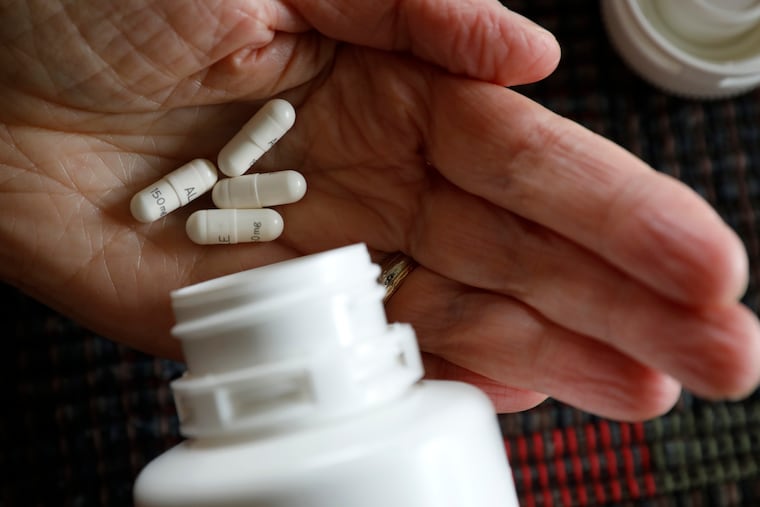Here’s a simple way to reduce the price of prescription drugs: Pay for what works | Opinion
Prescription drug costs are a problem. We have the pricing model to fix them.

The U.S. wastes one-third of its health-care spending every year, amounting to nearly $1 trillion. A big part of that is the higher prices that Americans pay compared to the developed world for medical care, including the price of prescription drugs.
A proposal by the Trump administration to tie the price of drugs sold in the U.S. to the prices other countries pay for the same drugs makes little sense. After all, we don’t peg the price for any other commodity to the price in other nations. But the high price of drugs in this country is a real problem, and just about everyone in the U.S. wants to address it — except drug manufacturers, who wield enormous political influence.
Given that reality, if we want to fix the problem, we should consider solutions that will lower prices without prompting an all-out fight from the pharmaceutical industry. One solution: paying drug manufacturers more for drugs that are the most effective, and less for drugs that are least effective.
What, exactly, does that mean? “Cost effectiveness” is an important way to measure the value of any given drug. When we talk about encouraging the use of “cost-effective” drugs, we aren’t talking about moving toward cheap drugs. We’re talking about a measurement that compares the price of a drug to how well it works.
When a new drug comes along that’s more expensive than the current treatment, and doesn’t work much better, all of us — patients, policymakers, and medical professionals — should be skeptical. For example, patients had been taking new drugs for high-blood pressure that cost $250 and $500 per year when a study came along several years ago that found a medication that costs $25 per year worked just as well. It was more cost-effective.
We have data on exactly how this pricing process works, since the UK has been doing it with some success for almost 20 years through its National Institute for Health and Clinical Excellence. In the U.S., the Institute for Clinical and Economic Review (ICER), a nonpartisan research organization, has been conducting these analyses since 2006. Insurance companies use that data to help make decisions for coverage.
Importantly, CVS Caremark, a major pharmacy benefits manager, has announced that it will permit its customers to refuse coverage of any medicine where ICER data shows it is not cost-effective.
We could take this a step further. The government, specifically the Food and Drug Administration, could refuse to approve new drugs that are less cost-effective than the status quo.
Why hasn’t that happened? For starters, the drug manufacturers have fought it because it would do exactly what is necessary: reduce the price of prescription drugs.
But drug manufacturers should consider ending their opposition to the use of cost-effectiveness. At a time when much of the country recognizes the importance of reducing out-of-control drug costs, the industry might find this to be the most acceptable way to achieve that end. After all, we’ve heard the industry’s argument about drug pricing forever: If you cut drug costs, they say, you’ll stifle innovation. But using cost-effectiveness should be a non-issue. Drug companies could earn more when they produce drugs that really do work better than the status quo.
We should support legislation permitting cost-effectiveness studies, and we should allow FDA to learn from the private sector and use cost-effectiveness as part of its drug-approval process.
Most Americans take prescription drugs. As you consider which politicians get your vote, you might want to think about whether prescription drug costs are important to you. If they are, then consider the candidates. Do they have a statement about the topic on their website? Do they know, or care, about cost-effectiveness?
This would be one more way to attack the costs of prescription drugs — and help ensure that expensive drugs are really worth the cost.
Arthur “Tim” Garson Jr. is a pediatric cardiologist, former medical school dean, and director of the Health Policy Institute at the Texas Medical Center in Houston.